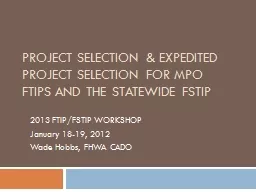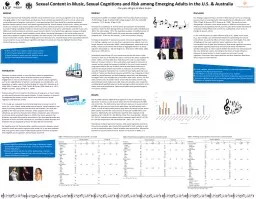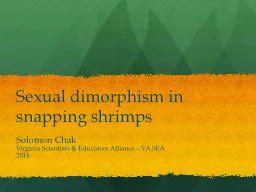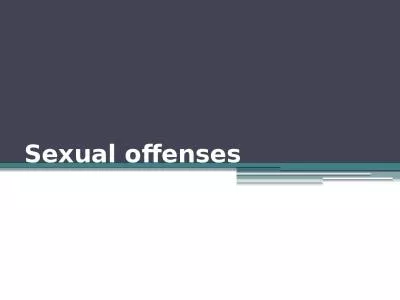PPT-Sexual Selection
Author : ellena-manuel | Published Date : 2016-03-02
Recognized as a deviation from predictions offered by a strict selection model In this case there are different selective pressures on each SEX Sexual Selection
Presentation Embed Code
Download Presentation
Download Presentation The PPT/PDF document "Sexual Selection" is the property of its rightful owner. Permission is granted to download and print the materials on this website for personal, non-commercial use only, and to display it on your personal computer provided you do not modify the materials and that you retain all copyright notices contained in the materials. By downloading content from our website, you accept the terms of this agreement.
Sexual Selection: Transcript
Download Rules Of Document
"Sexual Selection"The content belongs to its owner. You may download and print it for personal use, without modification, and keep all copyright notices. By downloading, you agree to these terms.
Related Documents














